Local thermal properties of fast reactor MOX fuels
- Name:
- Troy Munro
- Email:
- [email protected]
- Phone:
- (208) 526-6918
| Name: | Institution: | Expertise: | Status: |
|---|---|---|---|
| Tsvetoslav Pavlov | Idaho National Laboratory | Machine Learning, Thermal properties, Nuclear Fuel | Other |
| Aaron Thorum | Brigham Young University | Data analysis | Graduate Student |
| Matthew Goodson | Brigham Young University | Data analysis | Graduate Student |
- Experiment Title:
- Local thermal properties of fast reactor MOX fuels)
- Hypothesis:
- The spatial variation of fuel components within sodium fast reactor fuel will have a significant impact on the local thermal conductivity of the material. Bulk measurement techniques cannot provide the resolution needed to observe these changes and relate them to the microstructure of the fuel.
- Work Description:
- We propose using irradiated material currently at IMCL and measure the spatial distribution of thermal properties. The material was part of RTE project 18-1452, and is already mounted. This will require that the sample is finely polished, that we perform SEM imagining to highlight the areas of interest, coat the sample with a thin film of gold, and perform measurements using the thermal conductivity microscope (TCM) at INL. Because the sample is already at IMCL, the dose is sufficiently low to be used in the thermal properties glovebox. The expected dose rates of the metallographic mount are in the order of 200 R/hr beta/gamma and 6 R/hr gamma at contact, 3 R/hr beta/gamma and <0.1 R/hr gamma @30cm
"Analysis of radially resolved thermal conductivity in high burnup mixed oxide fuel and comparison to thermal conductivity correlations implemented in fuel performance codes" Marat Khafizov, Joshua Ferrigno, Tsvetoslav Pavlov, Narayan Poudel, Daniele Salvato, Chuting Tan, Troy Munro, Fabiola Cappia, Journal of Nuclear Materials 596 2024 Link
About Us
The Nuclear Science User Facilities (NSUF) is the U.S. Department of Energy Office of Nuclear Energy's only designated nuclear energy user facility. Through peer-reviewed proposal processes, the NSUF provides researchers access to neutron, ion, and gamma irradiations, post-irradiation examination and beamline capabilities at Idaho National Laboratory and a diverse mix of university, national laboratory and industry partner institutions.
Privacy and Accessibility · Vulnerability Disclosure Program

